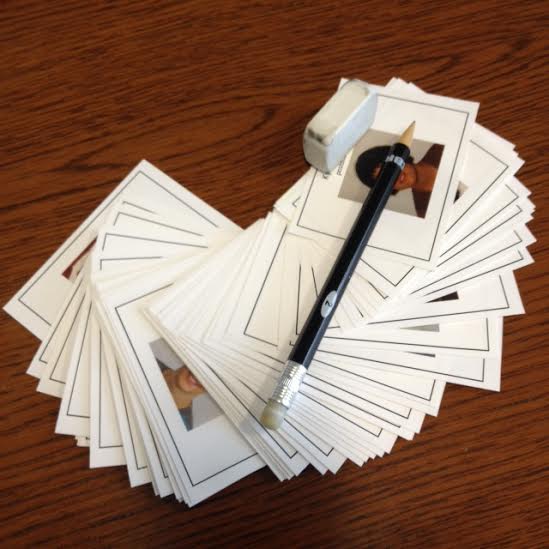I use Twitter. A lot. It’s my daily, hourly,…, continuous source of information, professional development, and support, and a place where I can give back to the communities that support me when I need it.
I advocate
No, that is. Not. Right. We cannot address
disability via “accomodate” and “compromise.” 6/9— Peter Newbury (@polarisdotca) May 13, 2016
I describe projects I’m working on
Working on massive #dataviz poster for @cirtlnetwork meeting. Took me an hr to calculate horiz and vert units to fill space w my data 🙂
— Peter Newbury (@polarisdotca) May 23, 2016
I post my itineraries when I travel
Here we go! SAN-DEN-YYC-YLW for UBCO annual teaching & learning conf https://t.co/su2XvWQS7t #ubcolearnconf
— Peter Newbury (@polarisdotca) May 3, 2016
I share the everyday things that interest me
There’s, like, 50 identical, unmarked stainless steel 18-wheelers and a dozen tour buses parked at Qualcomm. *googles* Ahh, Beyoncé’s here!
— Peter Newbury (@polarisdotca) May 13, 2016
Each of these is also an invitation for people to reply and share their recommendations, ideas, positions,…

My latest big adventure — starting in July, I’ll be the Director of the Center for Teaching and Learning at UBC Okanagan — was more challenging because I chose to suspend this “networked practice,” as Bonnie Stewart @bonstewart calls it. I didn’t share my job search with my Twitter community.
I didn’t describe how I integrated my teaching statement (which they didn’t ask for) into my CV (which they did).
I didn’t post my interview itinerary.
I didn’t share the interesting things I saw and learned along the way.
Not being able to ask for help and getting feedback was difficult. But what hurt the most was I felt I’d betrayed my community: I was having an amazing adventure, one I wanted to share and believed others could learn from, and I had to keep it a secret.
Why all the secrecy, anyway?
I didn’t share my job search with my community for personal reasons. I didn’t want to tell anyone in case I didn’t get it. Now that I have a fantastic position to go to, I’ll admit it’s not the first job I’ve pursued since joining UC San Diego 4 years ago. Those failed job applications are now water under the bridge (and I’m very grateful to my current Director who encouraged me to apply and learn from the experiences, regardless of the outcome.)
I didn’t share my searches with my community for professional reasons, too. “Why is he leaving? What’s wrong with his current job? Is it him or the people there? If he’s unhappy, can he still do his job?” I don’t need people asking those questions.
The moment of relief
After months of secrecy, there was an unforgettable moment of relief when I could finally reveal my news to my community:
Exciting news! Come July, the “.ca” in @polarisdotca will again mean Canada! https://t.co/E5wHu8OWQ9
— Peter Newbury (@polarisdotca) February 16, 2016
The anxiety was washed away by the flood of replies – I’m so grateful to my communities.
Why now?
It turns out, some colleagues have gone through the same thing recently.
[I’ll add some examples here when I get their permission]
Perhaps this “suspending your networked practice” is a thing, a new thing we wouldn’t have imagined 10 years ago. It’s uncomfortable and anxiety-inducing. Just like every other part of the job search! That feeling that you’re betraying your community? It’s silly. Ignore it. You have enough on your mind already. And no one that matters to you in your community would want you to waste any energy on it. We’ll be there when you have news to share. And we’ll be there if you don’t have news to share.
What about you? Did you share your job search process or wait until you had news? How did you feel when you finally let your community know?

 For me, this is a return to Canada, to British Columbia, and to the University of British Columbia community, though in
For me, this is a return to Canada, to British Columbia, and to the University of British Columbia community, though in 